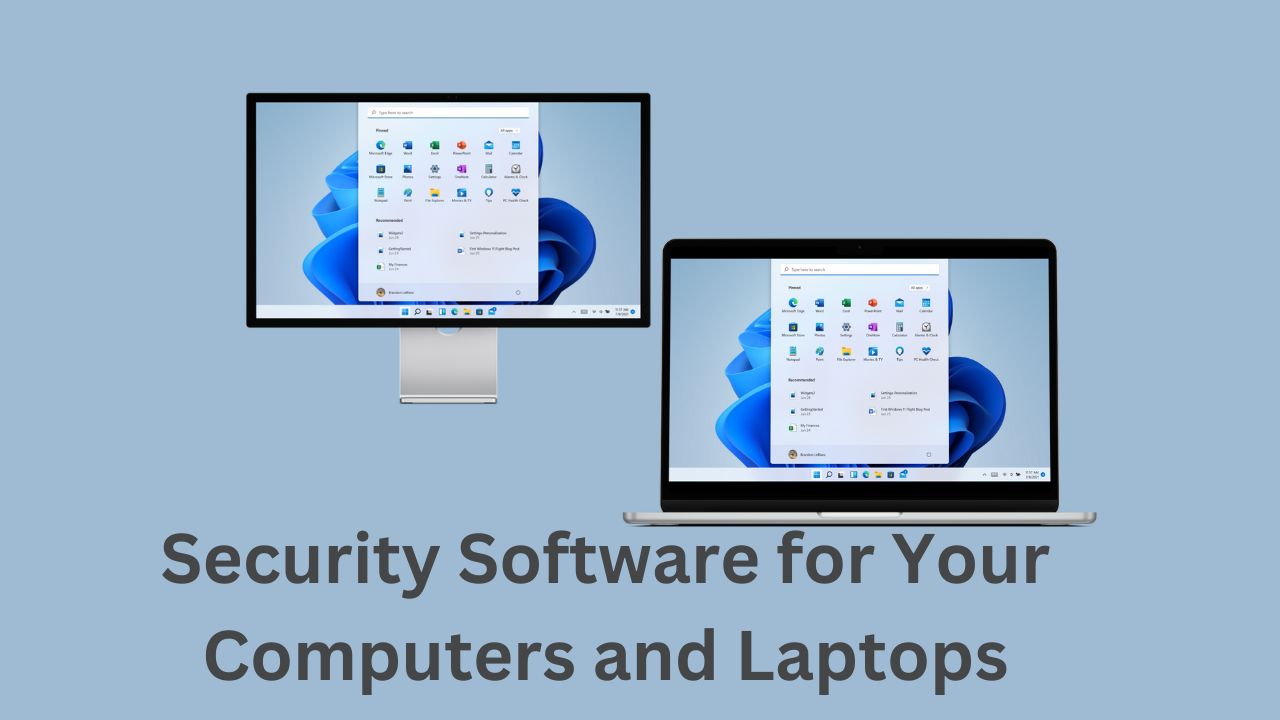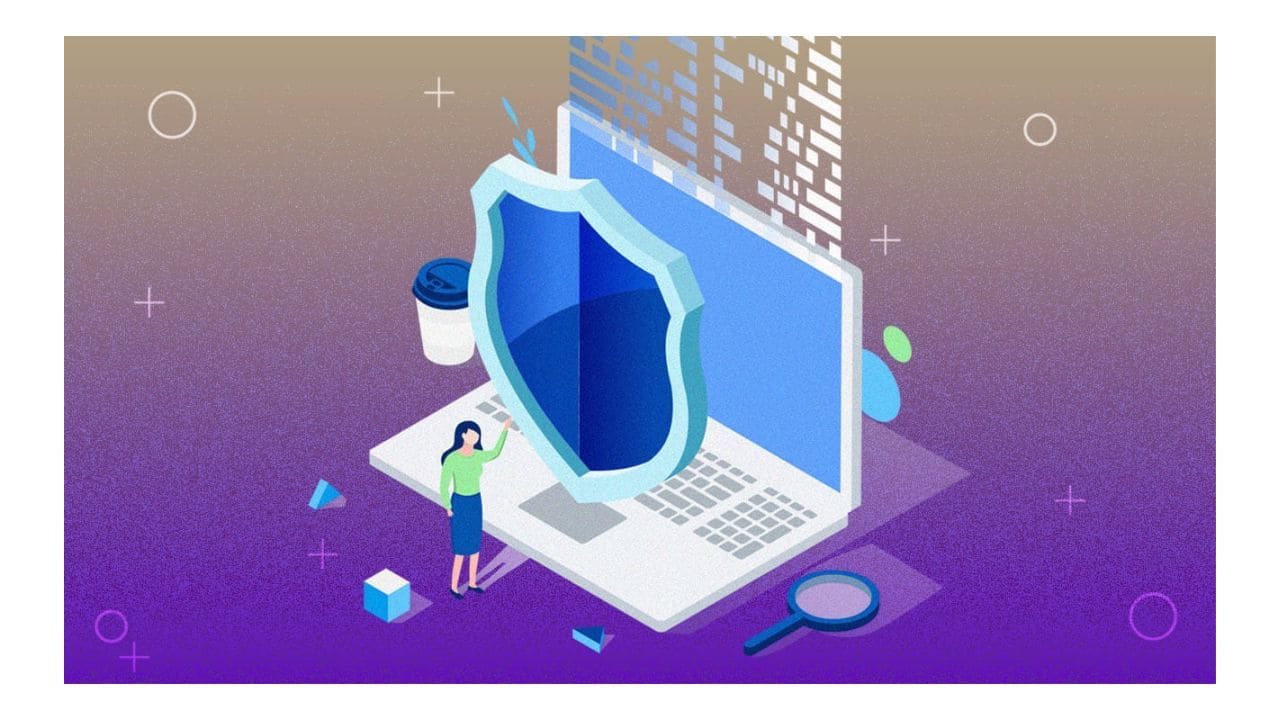
The security software required for our computers and laptops has evolved significantly over the past few years. Today, we are faced with numerous three-letter acronyms like EDR, XDR, and NDR. But what do they all mean, and does your business need them? We shall go into these themes in this essay.
The Evolution of Cybersecurity
In the early days of computing, securing your computer was relatively straightforward. You would purchase antivirus software, such as Norton or McAfee, to protect your new laptop or computer. Back when I started my IT services firm, we used a product called ESAT to install on every new computer, and that was considered comprehensive cybersecurity. However, the landscape has changed drastically since then.

While antivirus software is still essential for identifying malicious files on your computer, modern cybersecurity threats have become more sophisticated. Most antivirus products struggle to detect advanced threats like ransomware effectively. Thus, in today’s cybersecurity landscape, businesses require more than just antivirus software.
The World of Three-Letter Acronyms
Now, let’s explore the world of cybersecurity acronyms:
EDR – Endpoint Detection and Response
EDR stands for Endpoint Detection and Response. The term “endpoint” refers to the device, typically a computer or laptop, on which this software is installed. Unlike traditional antivirus software that looks for malicious files, EDR focuses on detecting malicious behaviors and patterns.
EDR operates through an agent installed on your device, constantly gathering information, such as opened files, running processes, and network connections. It uses this intelligence to identify any suspicious or potentially malicious activities on your system.

The “Response” part of EDR refers to how the software reacts to threats. EDR can respond to known threats in several ways. For example, it can isolate the affected device from the network to prevent the threat from spreading. However, EDR can’t always distinguish between entirely good and bad actions, so it may generate alerts for further investigation.
NDR – Managed Detection and Response
NDR stands for Managed Detection and Response. In an NDR service, a team of qualified cybersecurity analysts monitors your computers and networks 24/7. They investigate alerts generated by EDR or other security measures and provide guidance on how to mitigate the threats.

If your organization has an IT department or works with an IT services company, it’s essential to note that they typically won’t provide NDR services. Specialized NDR companies, like CrowdStrike, East Entire, or ConnectWise, are dedicated to managed detection and response.
XDR – Extended Detection and Response
XDR stands for Extended Detection and Response. It builds upon the principles of EDR but extends its coverage beyond endpoints (computers and laptops). XDR monitors various aspects of your technology stack, including email, servers, firewalls, networks, and cloud services.
XDR offers more comprehensive visibility across your entire technology infrastructure. This is particularly important in modern businesses, where technology encompasses much more than just computers and laptops.

XDR includes advanced features like investigations and threat hunting. Investigations help uncover how a cyber attacker breached your network, providing valuable insights for improving security. Threat hunting involves proactively searching for undiscovered cyber threats lurking within your organization.
Conclusion:
cybersecurity has evolved significantly, and today, every business should consider an XDR solution managed by an NDR company. This comprehensive approach is essential for protecting your organization against modern cyber threats.
Thank you for taking the time to read this, and I hope to share more thoughts with you in the future.